Smart administrative office and its features
An office can be defined as "smart" when it guarantees an easy, safe and stable user experience thanks to the use and management of advanced and integrated technological systems. These systems include organization automation, telecommunications, user systems and facility and consumption management systems, etc.
Smart offices are like normal offices, except that they are technologically adapted to the needs of employees.
These offices are workspaces designed based on the digitalization of processes and advanced technology, so that the interaction between machines and humans takes place on a daily basis. This feature shows new opportunities in terms of process speed, comfort in the work space, and also displays a new form of resource control and time optimization.
The function of these technology offices is precisely to provide enough resources to the employee so that the work environment is compatible with him and not the other way around. This not only changes the process of performing work tasks and the progress of client projects, but also makes employees feel satisfied and happy in their work environment.
It has been scientifically proven that a motivating work environment significantly increases employee productivity.
Another advantage of smart offices is in energy efficiency, which are automatically adjusted with the help of environmental sensors of light, temperature, and ventilation, which, in addition to creating comfort and convenience for employees, causes significant savings in energy consumption.
In the following, we will examine the features of smart offices:
Features of smart offices:
1- Up-to-date and ideal technology:
If there is one element that should be indisputably and always present in a smart office, that element is precisely advanced technology. In the following, we will mention examples of advanced technology in administrative offices and companies:
• Light sensors to detect the presence or absence of employees.
• Temperature control and automatic adjustment of the temperature of the working environment.
Real-time measurement of economic activities such as the stock market, marketing campaigns, sales, etc.
• Existence of time management and productivity programs for employees, with time control, documentation and calendars.
In addition to the positive aspects mentioned, it should be said that in a smart office, lighting automation also provides the possibility of setting it to ensure that the lights are automatically turned off when they are not needed.
Another advantage is related to IoT sensors: thanks to them, useful information can be collected to understand how many people are inside the building. In this way, as mentioned, both lights and energy consumption are regulated.
2- Flexible and adaptable spaces for employees:
Flexible office space is a type of space that is designed to provide different places and methods of work to employees. Unlike traditional offices with fixed and dedicated desks, employees in a flexible office space can choose a part of the office to do work that best matches the type of work they need to do at that time.
Flexible workspaces can be easily reconfigured and designed to accommodate changing business goals, or scaled up or down to accommodate teams of different sizes. This type of dynamic office space is often designed to be used in conjunction with flexible work hierarchies that give teams the freedom to decide where, when, and how they work.
Also, a modern and practical office, which is specifically designed for the convenience of employees, will not only have a positive effect on the morale of employees, but also on the quality of work and productivity of employees; Therefore, a smart office will be equipped with relaxation areas, high-tech meeting rooms (with digital whiteboards and interactive elements, etc.).
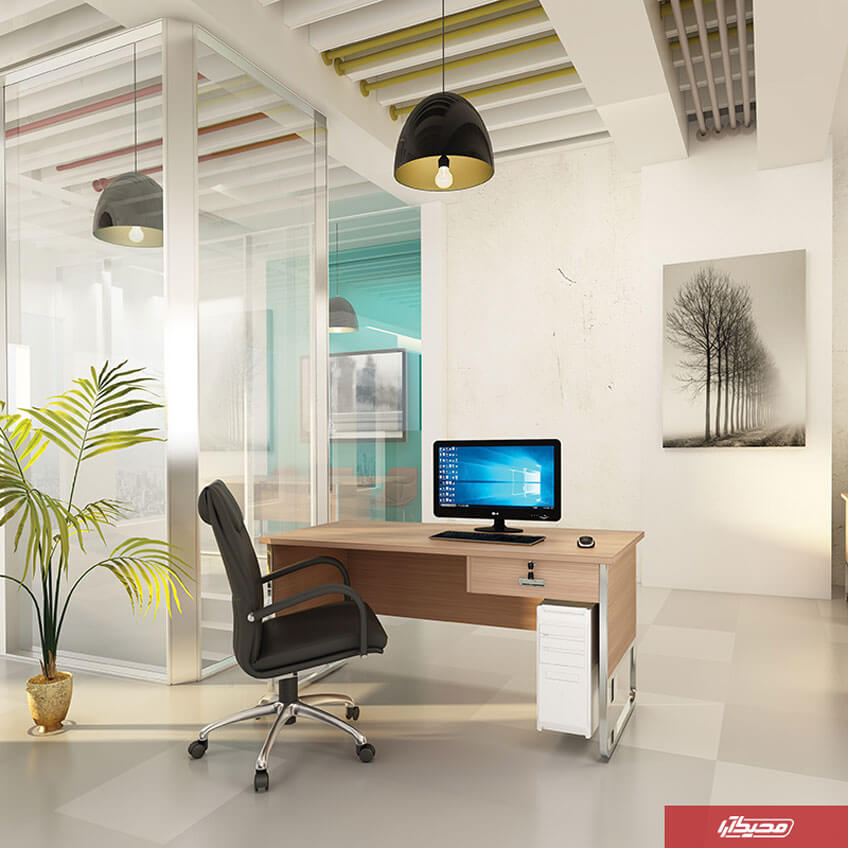
3- Advanced office furniture:
Advanced office furniture means ergonomic and adjustable office furniture. In a smart office, the office desk must have the ability to adjust the height so that they can be adjusted according to the body dimensions of the users. There are many desks in the market that provide the user with the ability to adjust the height mechanically, but this height adjustment is more accurate if it is electric.
Ergonomic chairs are another piece of furniture that must be present in a smart office; These chairs have the ability to coordinate with human body ergonomics in different aspects (height, depth, arms, seat, backrest, etc.). For more information in this field, you can read the article What are the features of ergonomic chairs?
4- Sustainability:
The use of technology is directly related to respect for the environment and its sustainability. One of the most obvious examples is the significant reduction of paper for letters, reports, memos or communications. Another case is the use of renewable energy in offices, which contributes to the sustainability of the environment.
5- Convenience:
The smart office is designed so that the employee can find a space that maximizes productivity. For this reason, the difference of this type of office from ordinary ones is that special care is used in its design to ensure that aspects such as temperature, light or furniture arrangement are suitable for each type of work.
Naturally, these features have positive aspects that increase productivity. An employee who is more comfortable can exponentially increase their level of work capacity and creativity.
6- facilitating communication within the company:
In a smart administrative office, there is a possibility of interaction between different departments of the company, this capability can be provided through the internal network. Naturally, this interaction leads to faster and more direct communication. Also, the physical space should be designed to integrate all these elements so that production routines flow between employees; Therefore, one The smart administrative office must have the platform and infrastructure for conducting video conferences, online chats or access to the organization's shared information
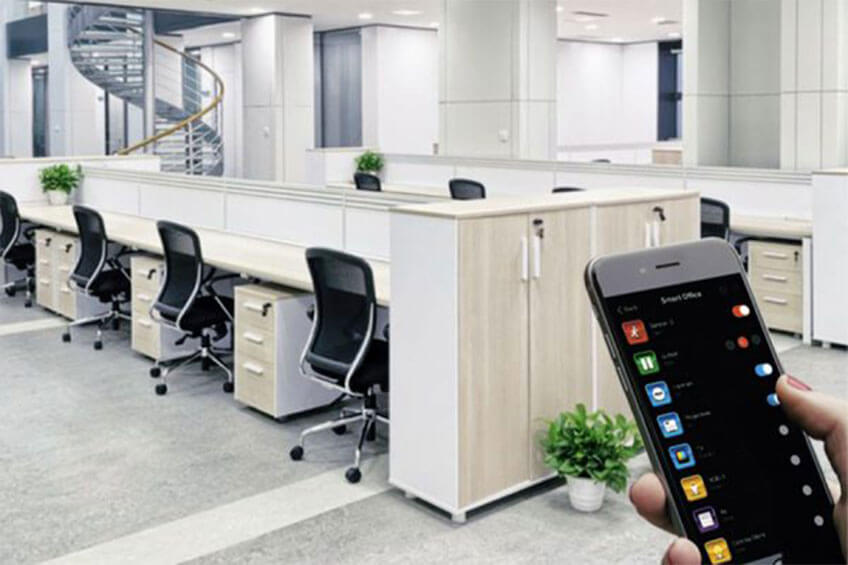
Advantages of smart offices:
• Smart offices improve business performance: because new technologies and computer services complement human work. In this way, companies that incorporate these tools achieve the automation of repetitive tasks and allow the employee to focus on more creative tasks, thereby increasing the benefits of the company.
• Improving communication is one of the main tools included in this type of company. Video calls and online communication allow employees to communicate quickly and effectively. In this way, unnecessary travel within the organization is reduced and employees' time is saved.
• The smart office helps to build the company's brand because both the end user of the company's products or services and the suppliers themselves feel that the business invests in modern technology and creating more comfort, and this increases customer trust. be; Therefore, new technologies should be seen as investments in different aspects.
• A smart administrative office improves employee satisfaction by allowing them to reduce time spent on less important tasks and focus on more important work items. This is a way to improve a company's relationship with its employees because employees are doing their jobs with less energy and time.

FAQ
An office can be defined as "smart" when it guarantees an easy, safe and stable user experience thanks to the use and management of advanced and integrated technological systems. These systems include organization automation, telecommunications, user systems and facility and consumption management systems, etc.
Among the benefits of a smart office, we can mention the improvement of business performance, improvement of communication, help in branding and employee satisfaction.
A smart office has features such as up-to-date and ideal technology, flexible and adaptable spaces for employees, advanced office furniture, stability, comfort, facilitating communication within the company, etc.
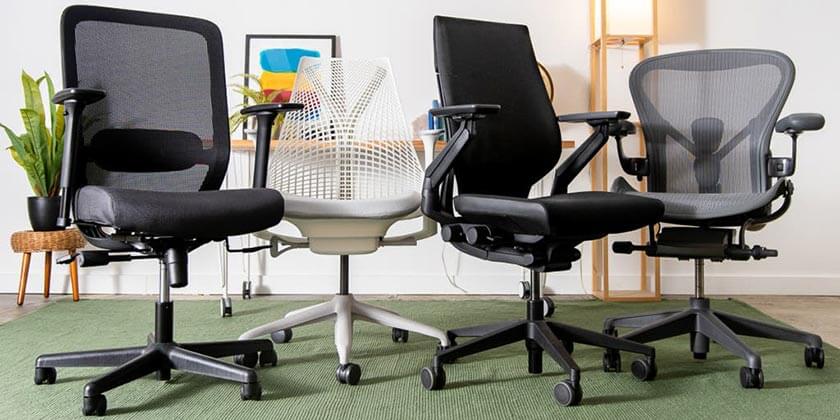
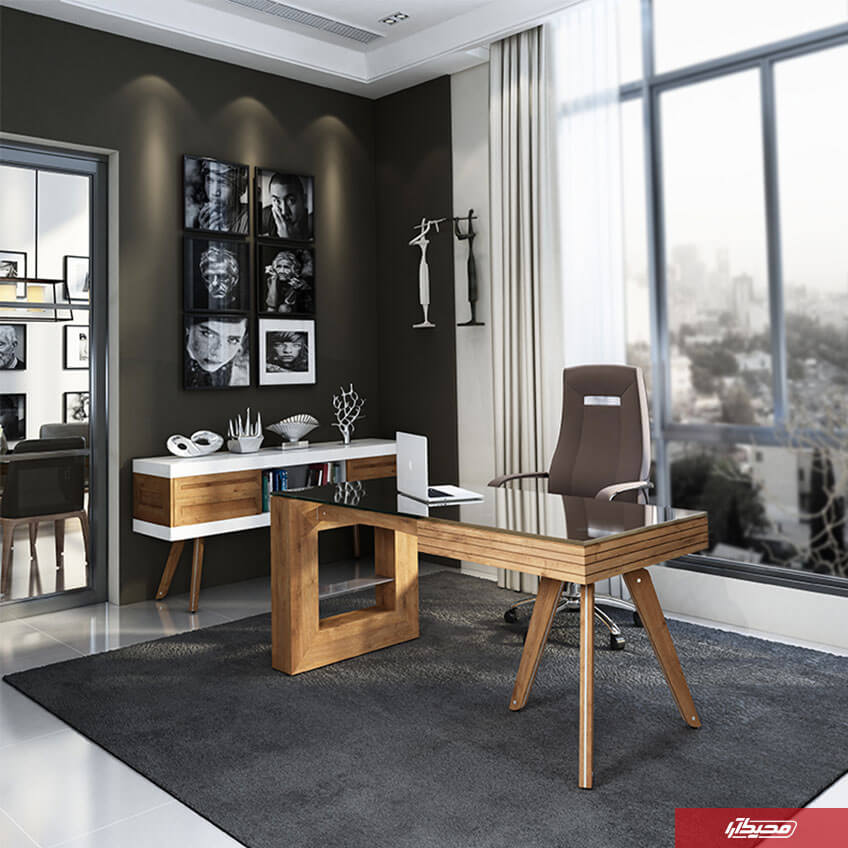
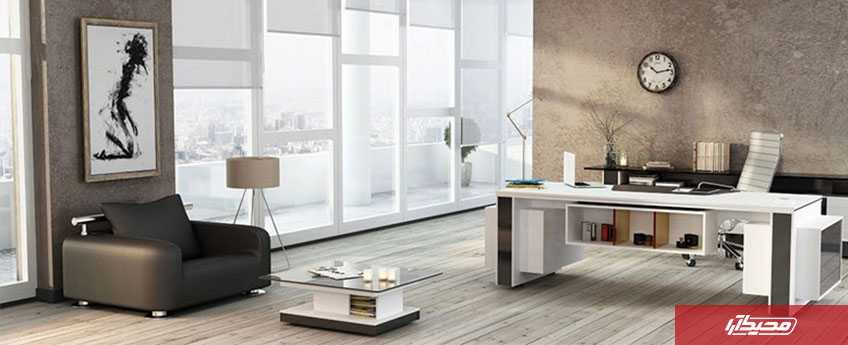
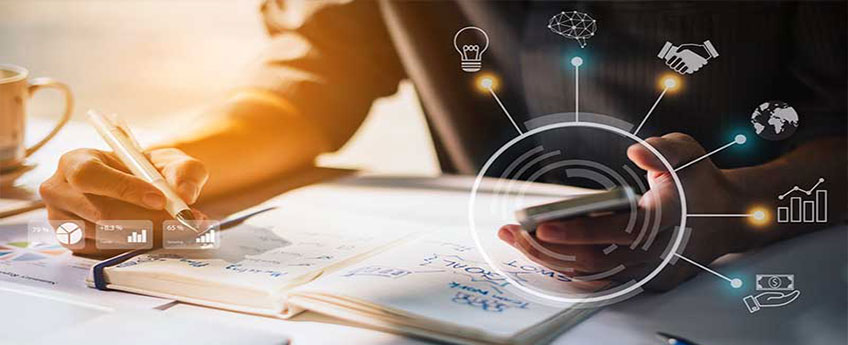
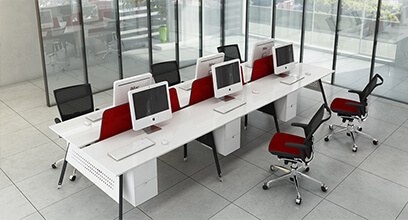


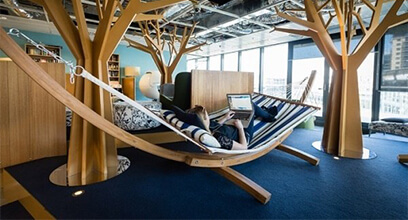
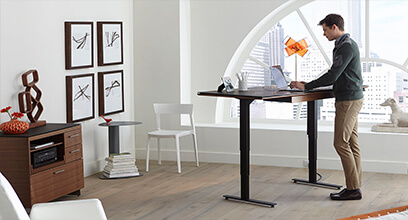
Share